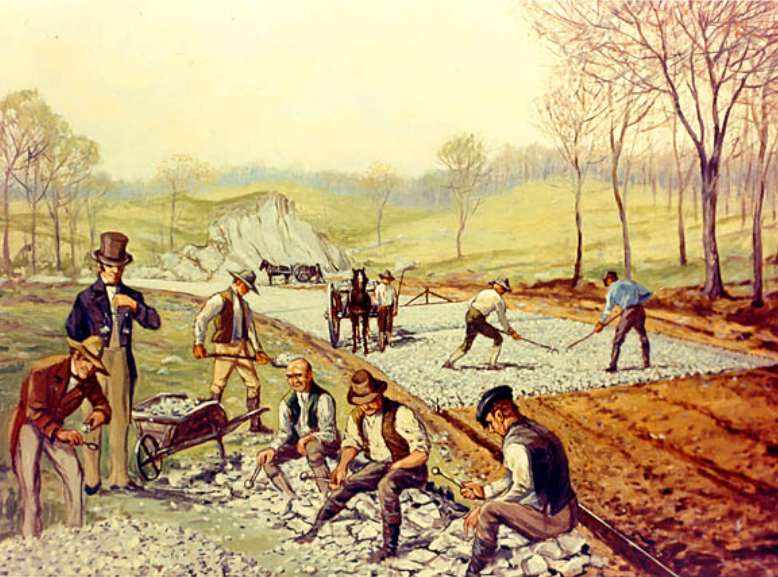Belchamp Walter in the 18th Century
My Timeline - 18th Century shows some of the events of the 1700's.
Belchamp Walter was only administered by the residents of Belchamp Hall for the first 41 years of the 18th Century.
The estate, not including the Hall, was sold to Thomas Ruggles in 1741.Thomas Ruggles was the "de facto" "Lord of the Manor" during the later years of the Eighteenth century.
This is not to say that there was not a lot going on in the village, the Hall was rebuilt in the Queen Anne style in 1720 and there was also a connection to the British Industrial Revolution (1760 to sometime between 1820 and 1840) with the development of Coal Tar by Archibald Cochrane, the ninth Earl of Dundonald.
It would appear that Church finances were not good at this time as the clergy was augmented by Queen Anne's Bounty in 1727 and by the owner of the Hall.
Thomas Wright wrote his account of the History of Essex in respect to Belchamp Walter in 1831/36 relating information from a wide range of sources including the ancestors of the residents of the Hall in this century.
The bells in the tower of St. Mary's were supplemented in 1781 with the addition of the tenor bell that is inscribed John Mayne Esq. Kensington.
Queen Anne Belchamp Hall
This period of Belchamp Walter's history saw the erection of a Queen Anne Style house to replace the Elizabethan Belchamp Hall (1720).
The Industrial Revolution
Wikipedia:
Dundonald and the British Coal Tar Company
The Isabella Right Honourable The Countess Dundonald - d. 1808
Archibald Cochrane, the ninth Earl of Dundonald was married to the daughter of Samuel of Belchamp Hall, Samuel (Junior) died 1825. [Samuel Millbank, d. 1863 - Samuel Senior d. 1767]
Isabella was Archibald's second wife and was a "sponsor" of the British Coal Tar Company. She, and presumably the family, provided funds for the development of the coal tar industry. She was reported to have been "swindled" by George Glenny who was brought in to manage the British Coal Tar Company.
John Loudon McAdam (1756-1836)

